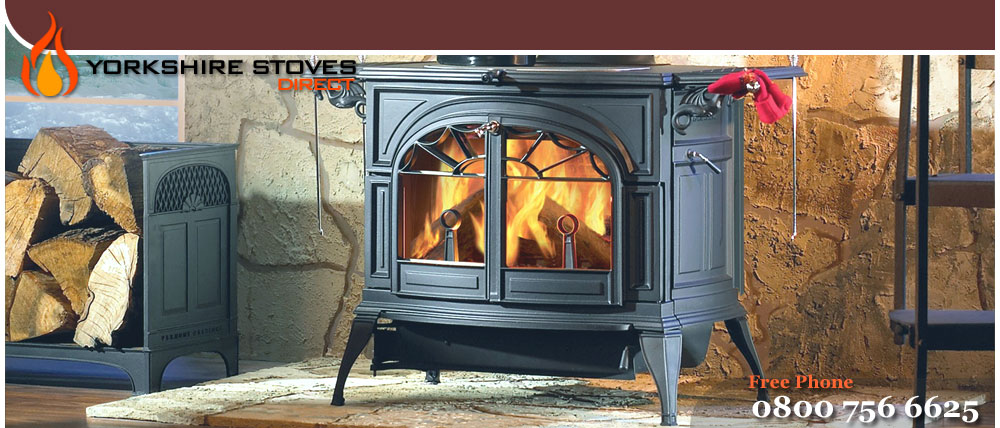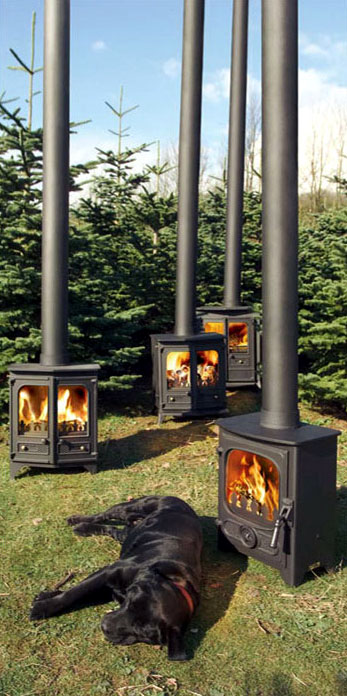|
What
makes burning wood good for the environment?
Wood burners use what is called “woody biomass”
as fuel. Biomass (also often called biofuel) encompasses
two principal categories: woody biomass (which is exactly
what it sounds like) and non-woody biomass which is everything
else including various sorts of biodegradable waste material
and crops intentionally grown as biofuel, for example sugar
and maize.
Woody biomass fuel suitable
for use in a wood burning stove is typically wood pellets,
wood chips and wood logs. Many modern wood burning stoves
are described as “dual-fire” meaning that they
are capable of being run by any of these fuels (wood biomass
pellets are similar in size and appearance to the sort of
thing people feed pet rabbits but made from highly compressed
sawdust).
Dual-fire burners are not
to be confused with “multi-fuel” stoves which
are capable of burning both wood products and smokeless
fossil fuels. While it might be convenient to use smokeless
fossil fuel - not least because unlike wood which should
be burned “fast” it can be slowly burned - smokeless
fossil fuel is extremely environmentally hostile. Smokeless
fossil fuel is, hands down, far and away the worst fuel
as regards CO2 pollution, beating both oil and gas by a
considerable margin. Although the Climate Change Levy (a
tax on energy designed to encourage energy efficiency and
reduce carbon dioxide emissions) does not at present apply
to domestic energy users, it is still worth noting that
while wood fuel is exempt, smokeless fossil fuel is most
certainly not.
The main difference between
the two is that wood, unlike fossil fuels, is renewable
and in the course of growing new wood (i.e. trees) carbon
is extracted from the atmosphere and locked back up inside
the wood. The carbon in a tree is eventually released back
into the atmosphere regardless, so burning it releases no
more carbon than leaving it to rot. It is a more or less
balanced carbon cycle.
It is for this very reason
that many architects and builders now incorporate energy
saving wood burners in their designs for new buildings -
it enables them to simultaneously provide an economical
and aesthetically pleasing domestic space heating, hot water
and optional cooking solution and much more easily comply
with ever tougher regulations targeting low carbon emissions.
|











